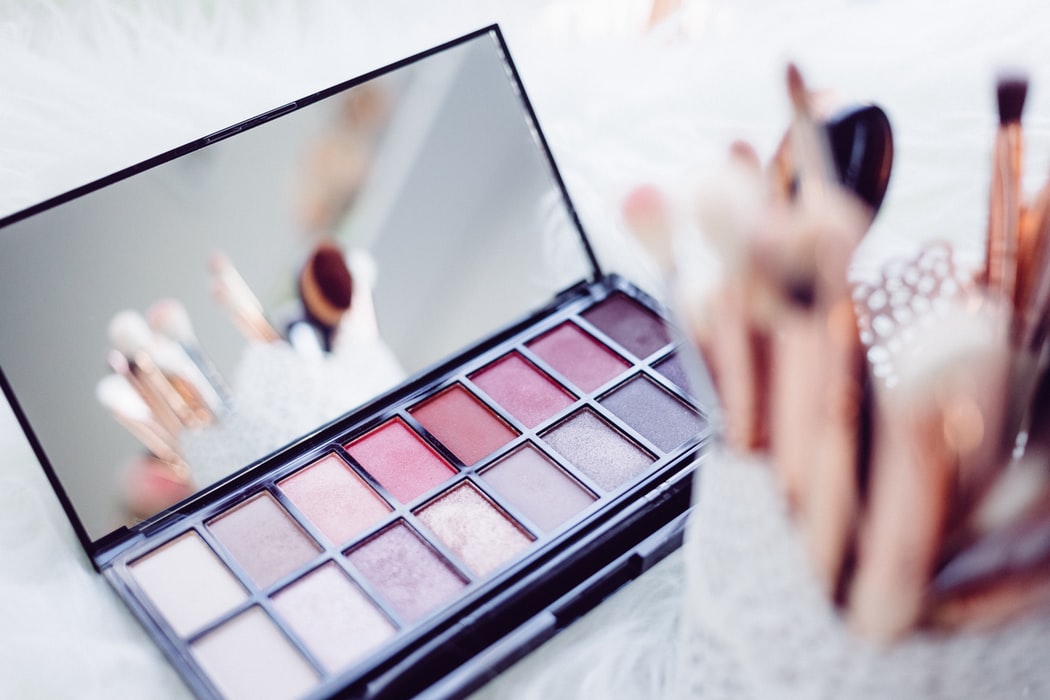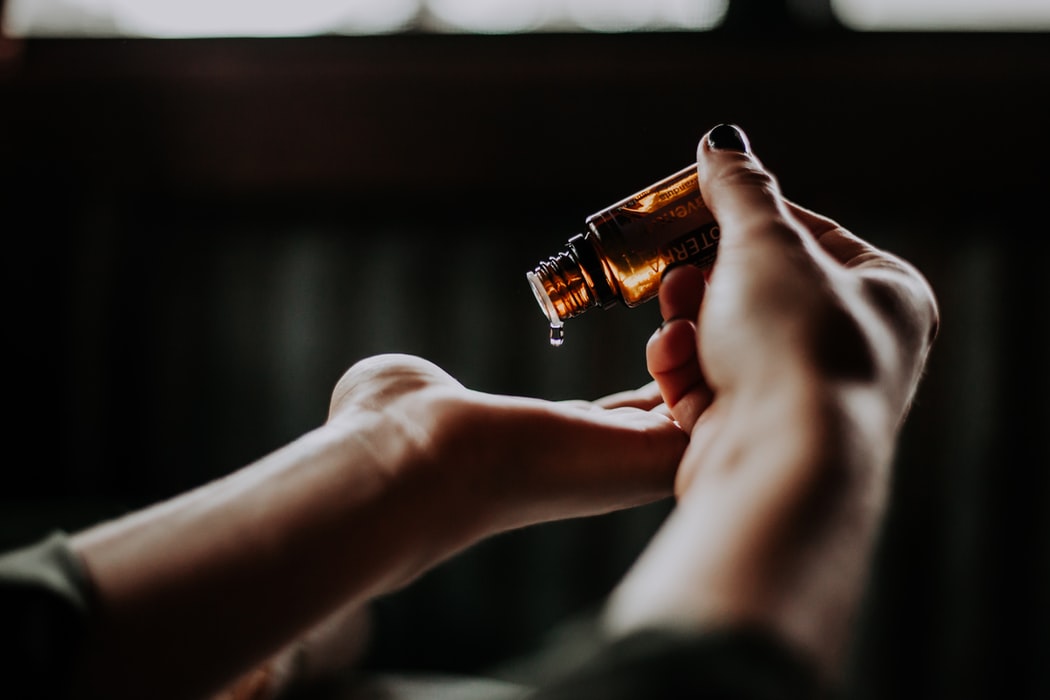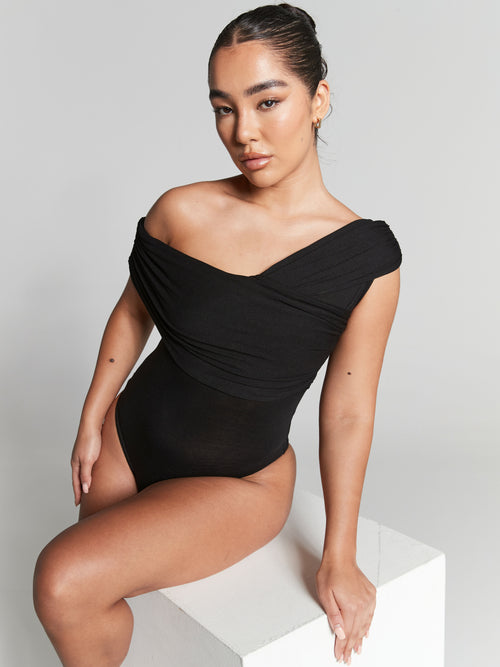Making the switch to a vegan lifestyle comes with a unique set of hurdles. Not only are you forced to check the labels on every single thing you eat, but you also have to take a close look at your make-up bag. Before you put it on your skin, it’s a good idea to find out what you should avoid and the vegan alternatives available...
Honey & Beeswax
Honey is made by bees for bees, so when it is harvested, the bees can starve. It is used in a number of cosmetics as a colouring and/or emollient, but can easily be replaced with animal-friendly vegetable colours and oils.
Beeswax is made by melting honeycomb with boiling water, then straining and cooling it. It can be found in many beauty products, including mascaras, eye creams, eye shadows and lipsticks. Vegan alternatives are candelilla wax, vegetable fats and ceresin.

Lanolin
Lanolin is a waxy substance derived from sheep’s wool. It is used as an emollient in many moisturising creams, lip balms and lotions because it forms a thin, oily layer over the skin, preventing the loss of moisture. There are plenty of vegan alternatives such as plant oils and butters.
Keratin
Keratin occurs naturally in the hair, feathers, hooves and horns of animals, which are ground up to collect it. It is commonly found in hair products, nail products and anti-ageing skin serums. There are fewer direct alternatives for this one, but soya protein and almond oil can be equally effective.
Carmine
Carmine is a deep red pigment made by crushing female cochineal insects for the carminic acid in their shells. Carmine is found in lipsticks and brightly coloured cosmetics. It is often disguised under other names, such as CI 75470, cochineal and crimson lake. Similar shades can be created using beet juice or alkanet root.
Shellac
Shellac is a resinous product obtained from the excretions of lac bugs. Hundreds of thousands of the insects are killed in order to create just small amounts of shellac. It is most commonly used in nail and hair lacquers, so look instead for vegan alternatives like plant waxes and zein (a protein found in corn).

What's the difference between vegan and cruelty-free?
If a product is classified as ‘vegan’, it does not contain animal products or derivatives. The ‘vegan’ label refers to the ingredients a product contains rather than its production process. Therefore, even some items that are tested on animals can technically claim to be vegan.
The ‘cruelty-free’ label, on the other hand, refers to the testing process, not the ingredients. Products classified as ‘cruelty-free’ have not been tested on animals at any point. However, they can contain ingredients that are not vegan. Look out for the leaping bunny logo, which is the internationally recognised symbol guaranteeing no animals were tested on during the development of the product. Generally, the best option for conscious shoppers is to look for items with both labels.



0 comments